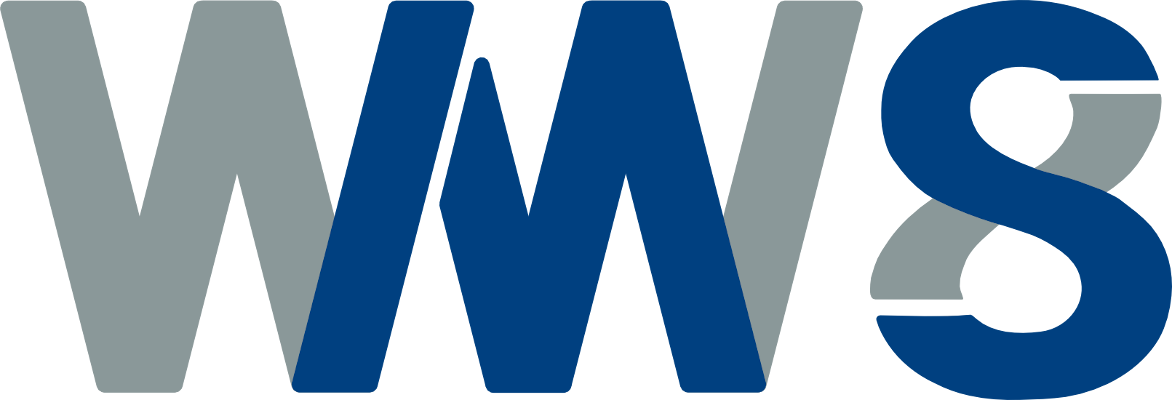On the temporal coarse graining in dislocation dynamics
Anter El-Azab
Purdue University, USA
Wednesday, 08.03.2017, 17:00
WW8, Room 2.018-2, Dr.-Mack-Str. 77, Fürth
Theoretical efforts on coarse graining of dislocation ensembles have recently yielded the first prediction of self-organized dislocation patterns in crystals (Xia and El-Azab, Modelling Simul. Mater. Sci. Eng. 23 (2015) 055009; Xia, Belak and El-Azab, 24 (2016) 075007) . These efforts aim to develop density-based models that capture the critical physics of the underlying discrete dislocation system. While most work in this area focuses on spatial coarse graining, some recent pieces of work started to address the question of time coarse graining. Here, we tackle this question by focusing on the rate processes associated with dislocation dynamics, e.g., cross slip and dislocation reaction rates. The concepts of marked point process and time series are used to analyze the statistical properties of these processes in both time and frequency domains. The statistical data required to perform this analysis is obtained using the method of dislocation dynamics simulation. The temporal correlations and correlation times of cross-slip and short-range reactions have been computed. It is found that the correlation time for cross-slip is the largest of all correlation times and, as such, it is considered here to be the coarse graining time-scale in continuum dislocation dynamics. Using this mesoscopic time-scale, a coarse grained stochastic representation of cross slip and dislocation reactions has been achieved and implemented in continuum dislocation dynamics to predict the self-organized dislocation patterns.
Biographical information
Dr. El-Azab is a professor of Materials and Nuclear Science and Engineering at Purdue University. His research and teaching focus on Microstructure Science of Materials. Prior to coming to Purdue, he held a full professor position at Florida State University in Scientific Computing and Materials Science and Engineering. He also spent six years as a Senior Research Scientist with Pacific Northwest National Laboratory. Dr. El-Azab obtained his doctoral degree in Nuclear Engineering/Materials from the University of California, Los Angeles, and his master and bachelor degrees, also in Nuclear Engineering, from the University of Alexandria. He was the chairman of the 4th International Conference on Multiscale Modeling of Materials (2008) and the lead organizer of numerous other symposia or workshops. He also chaired the Dislocations-2016 Conference at Purdue University in September 2016. He served as guest editor for Philosophical Magazine, Journal of Applied Physics, Modelling and Simulation in Materials Science and Engineering, and SIAM Journal of Multiscale Modeling. He is the author and co-authors of over 120 journal and refereed conference papers and close to ten special journal issues and proceedings volumes. Dr. El-Azab is most known for his work on mesoscale theory of metal deformation, radiation effects in materials, and computational methods in materials science. His current research focuses on continuum dislocation dynamics and mesoscale plasticity

